By Eric Hammel
It was 7 o’clock Israeli time, three hours after dawn on Monday, June 5, 1967. The summer season’s daily thick morning mist was just lifting from the coastal areas, across the breadth of the humid Nile Delta, and along the Suez Canal. The air was calm and the angle of the sun rendered visibility throughout the coastal region as good as it was going to be all day.
Right on time, 40 Israeli combat jets took off from their Negev Desert base as they did each morning. And, as it did each morning, the Israeli formation swept to the west, out across the neutral Mediterranean Sea. To the southwest, Egyptian radar operators noted the regular morning flight and thought nothing of it. In the first place, it was not their job to think. And, in the second place—even with the danger of war breaking out at any moment—there simply was no need to concern higher headquarters with news of what for two full years had been a routine so unvarying that it was possible to set clocks by it throughout the troubled region. In due course, precisely on time, the Israeli jets would dive to wave-top height and turn for home. In a short time, the skies over the southeastern corner of the Med, where Africa touched Asia, would be clear.
Along the Egyptian shore and inland, at all 18 of the Egyptian military air bases scattered throughout upper Egypt and across the uneasy Sinai Peninsula, Egyptian pilots and ground crews were eating breakfast. There had been a dawn alert—there was a dawn alert every day—but no Israeli attack had materialized despite the extremely tense situation along the Egyptian-Israeli frontier in Sinai. Everyone thought the war would have started by now, but it had not. For one more day, the feared Israeli preemptive dawn strike had not materialized, as common wisdom said it must. So, after all, the day’s normal routine had to be played out.
The Egyptian Air Force was ready. Before dawn, dozens of Egyptian combat fighter pilots had been in the cockpits of their jet interceptors, sitting at the ends of the various runways, all on five-minute strip alert. From 4 o’clock until 7:35, pairs of Egyptian MiG-17 and MiG-21 fighter-interceptors had been flying a succession of half-hour combat air patrols along the Egyptian-Israeli frontier in Sinai. But the last patrol fighters had landed, and nearly all the pilots were eating breakfast. Indeed, at 7:40, nearly every pilot in the Egyptian Air Force was eating breakfast.
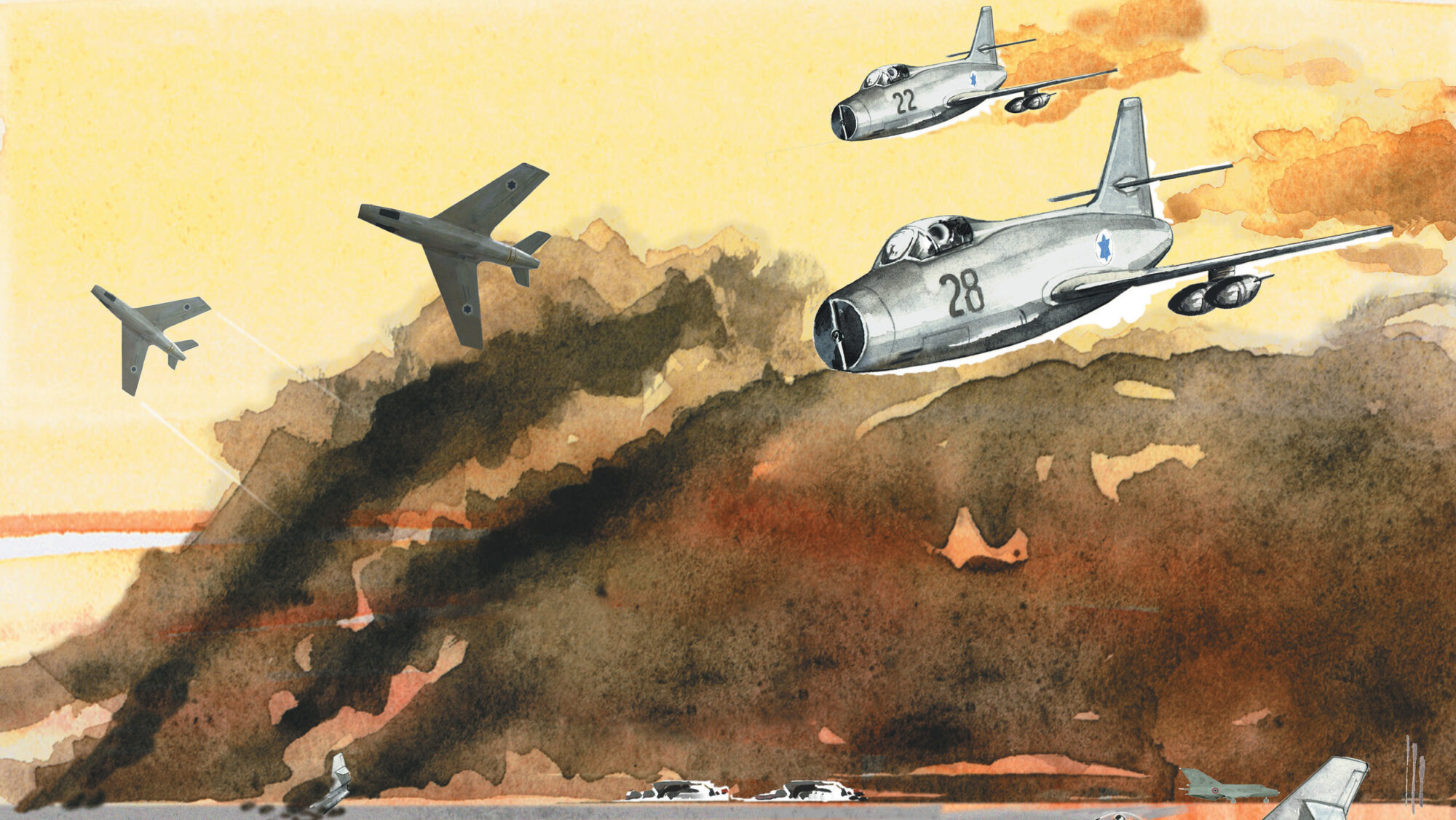
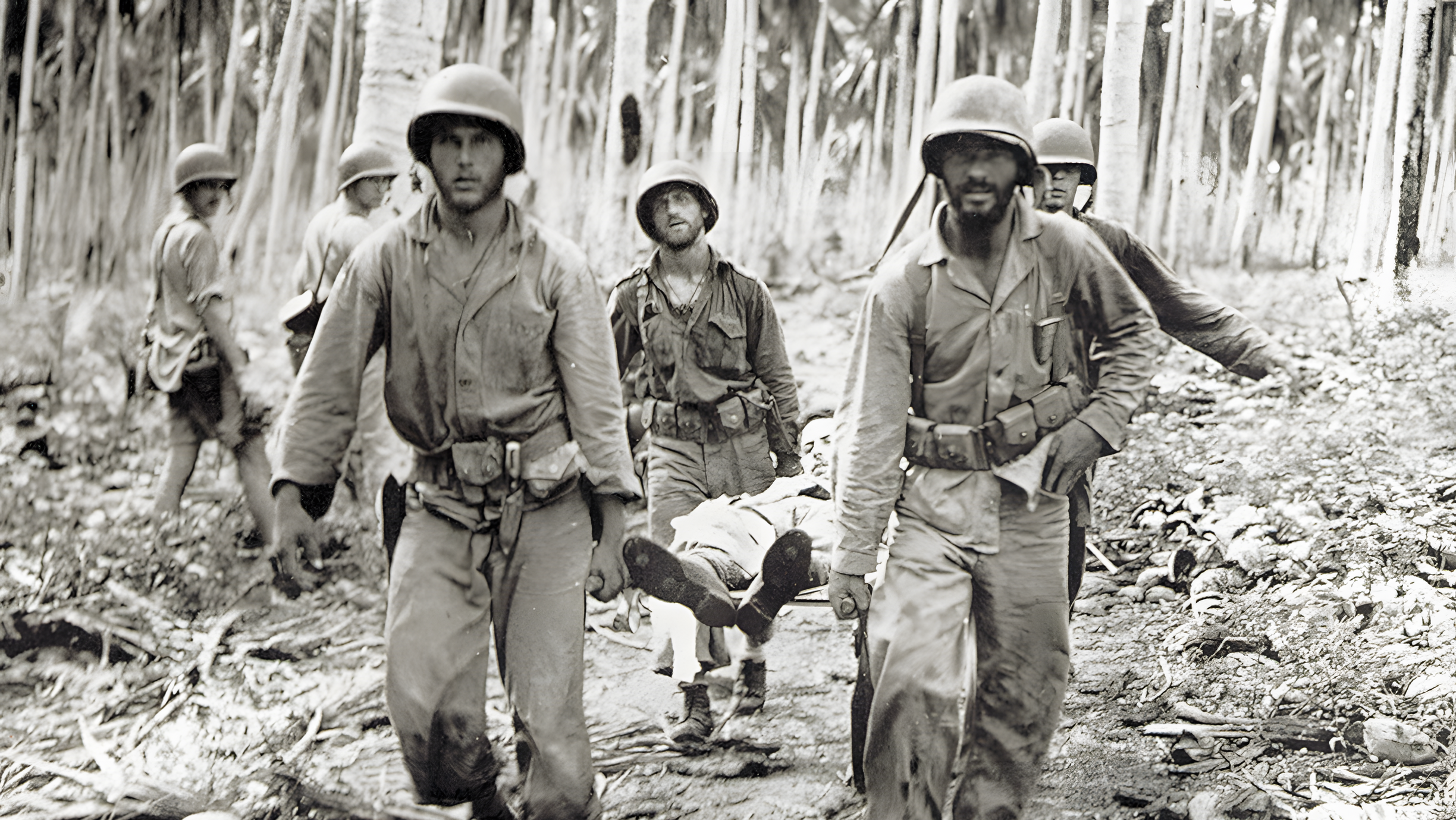


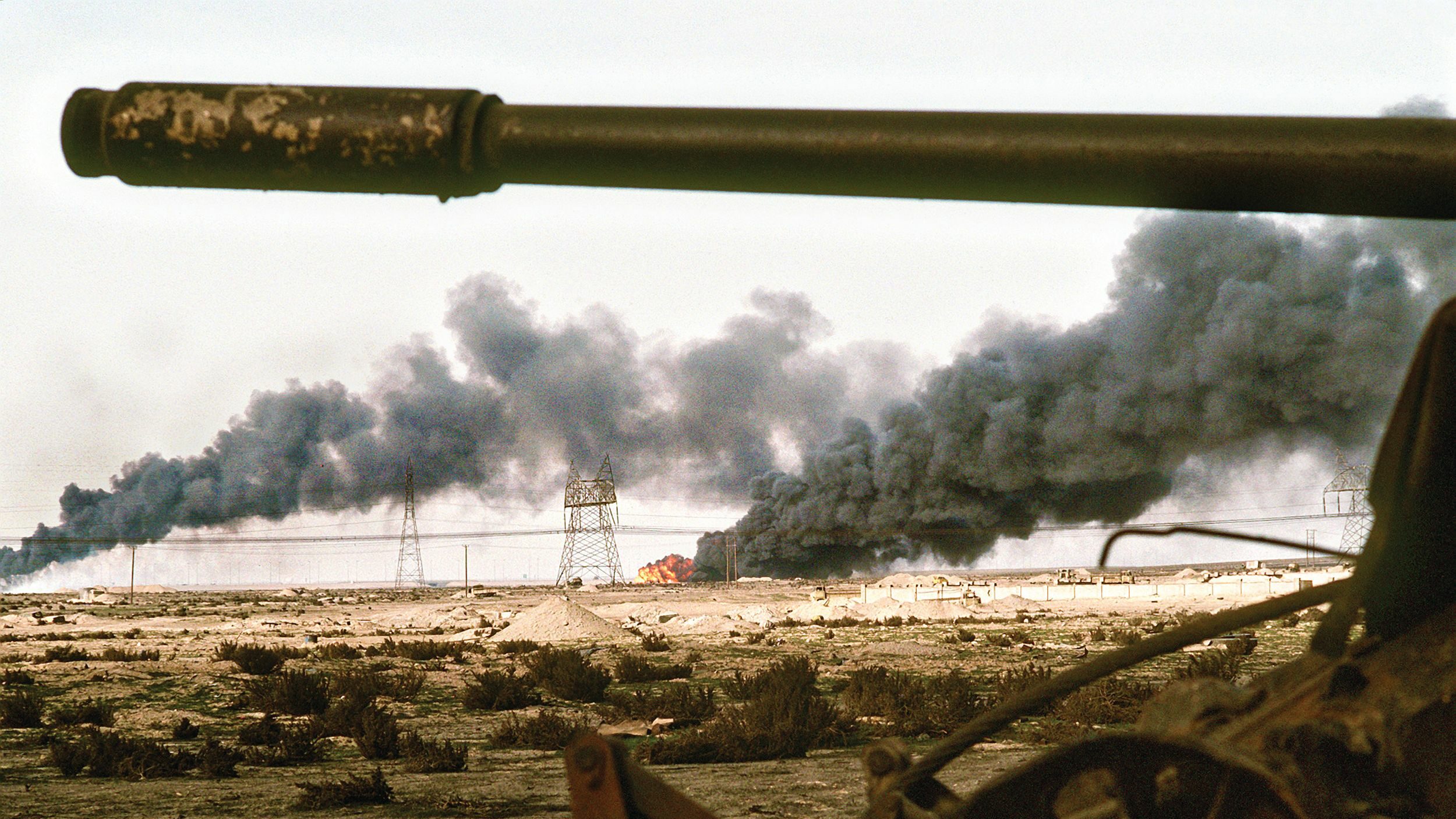
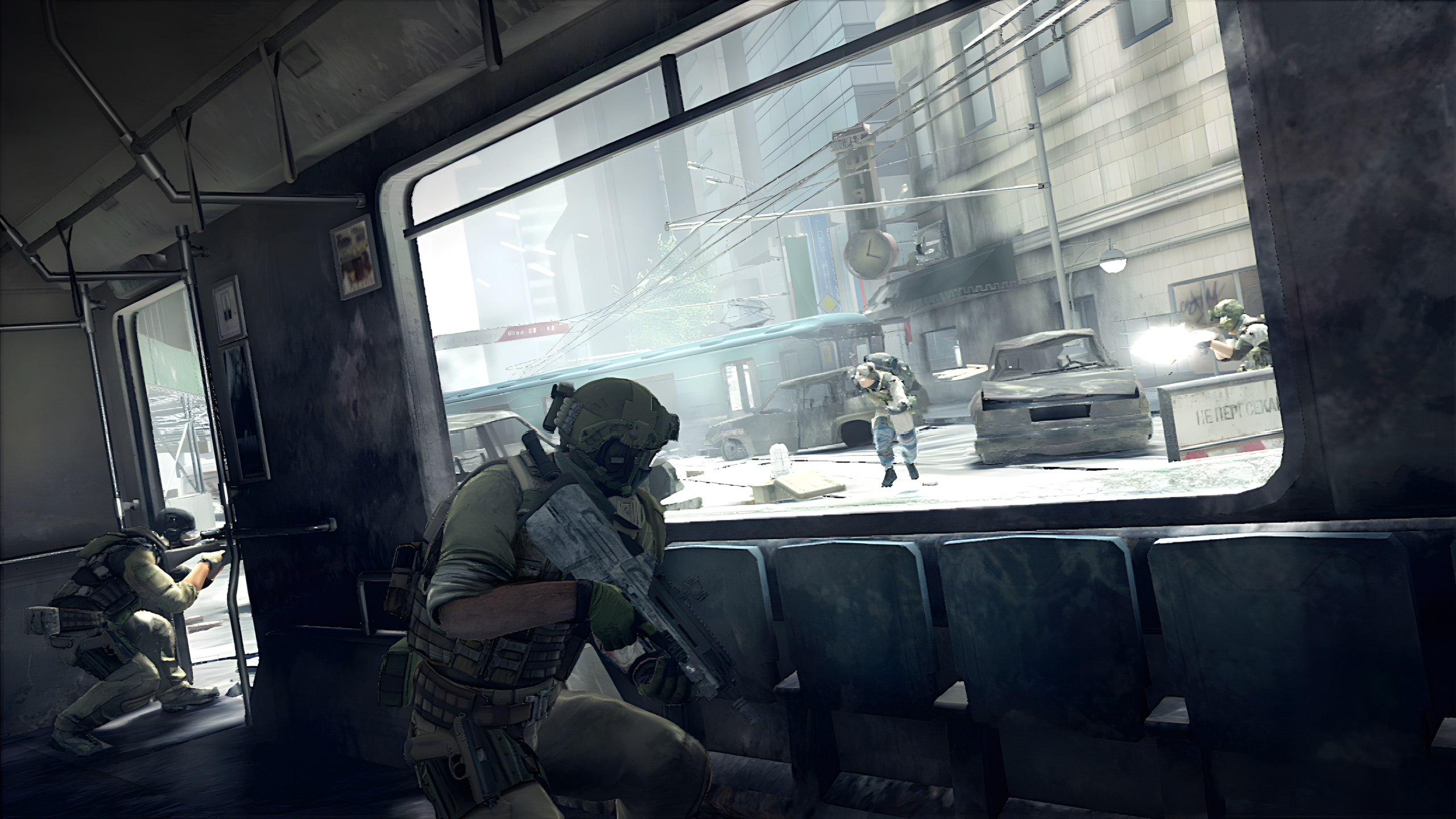

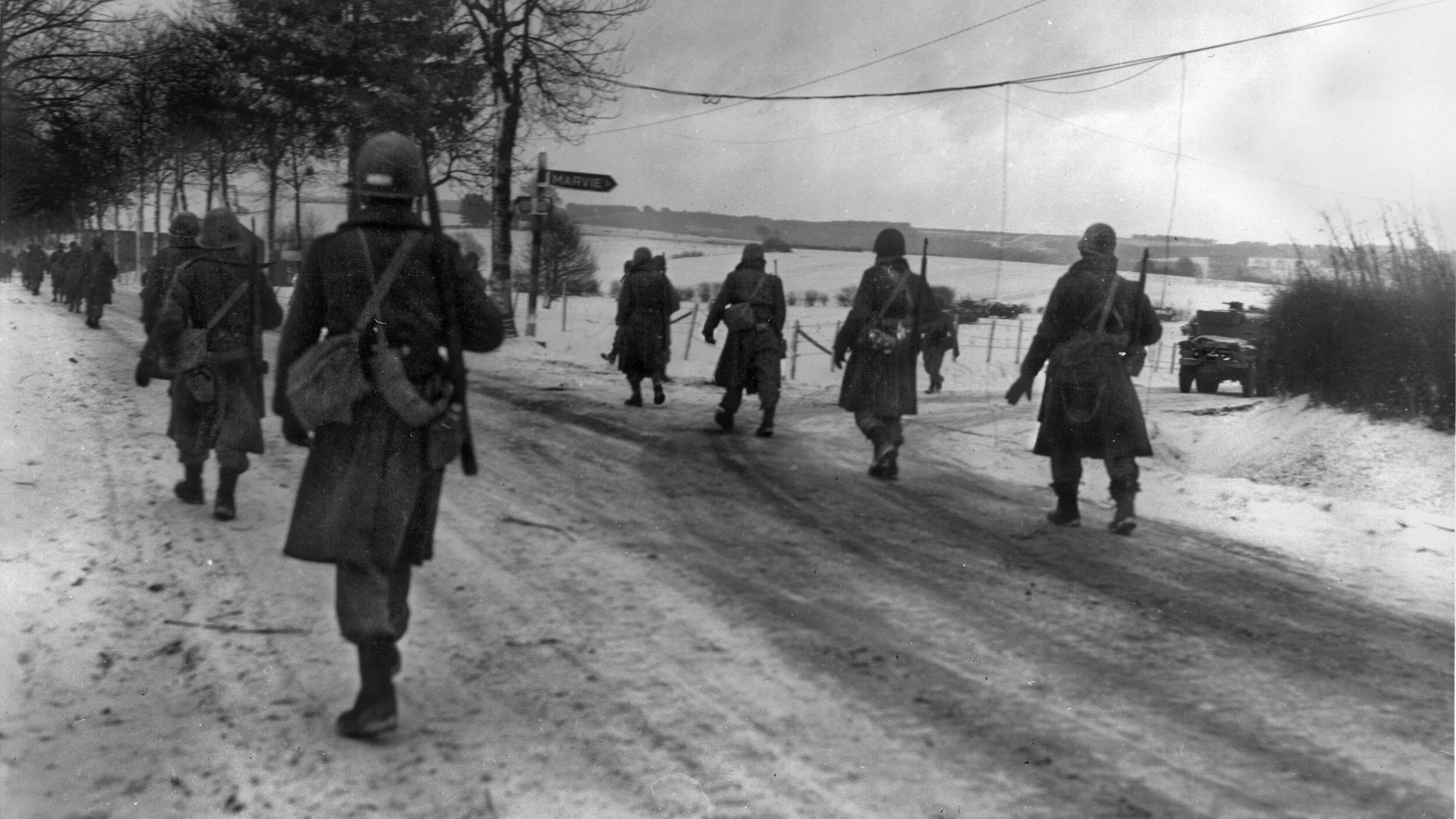
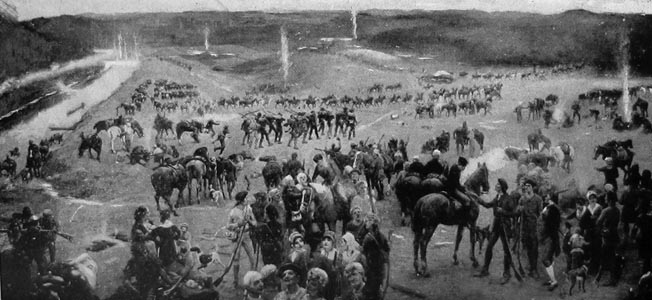
Join The Conversation
Comments